When I launch an instance on EC2, it gives me option for t1.micro, m1.small, m1.large etc. There is a comparision chart of vCPU, ECU, CPU cores, Memory, Instance store. Is this memory RAM of a system ?

I am not able to understand what all these terms refer to, can anyone give me a clear picture of what these terms mean ?
